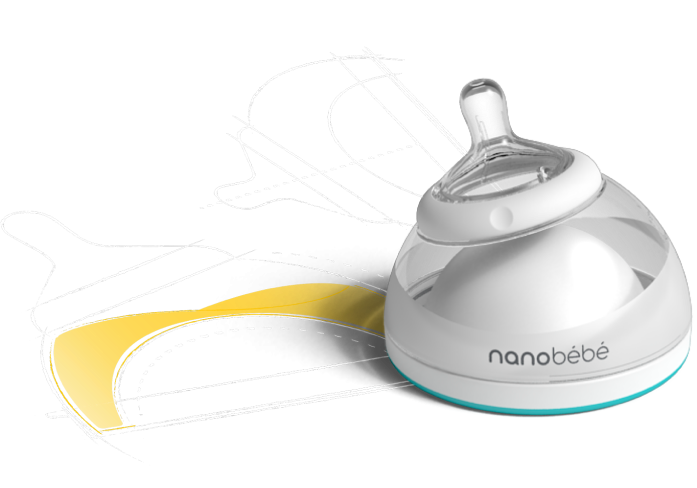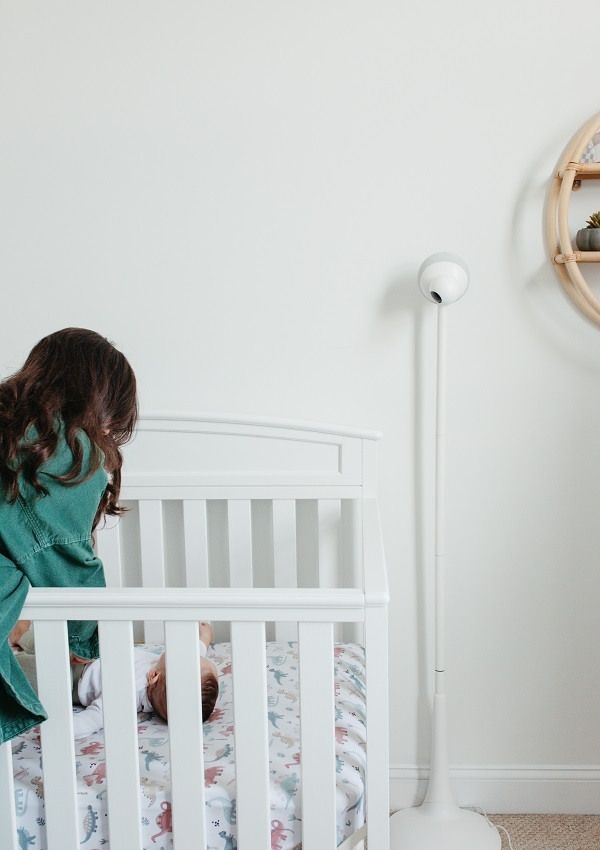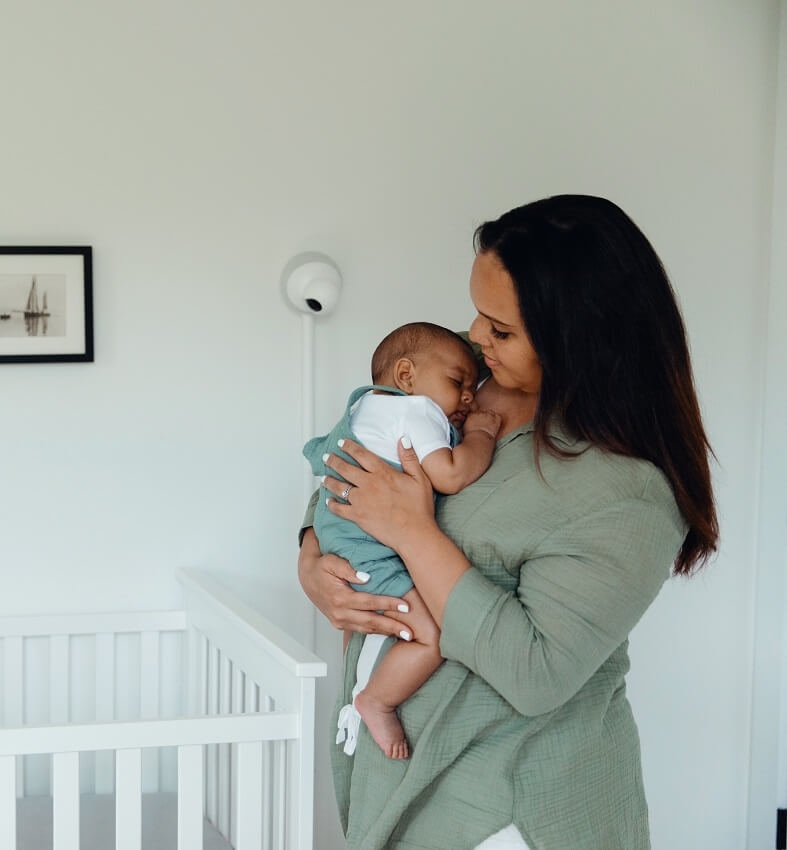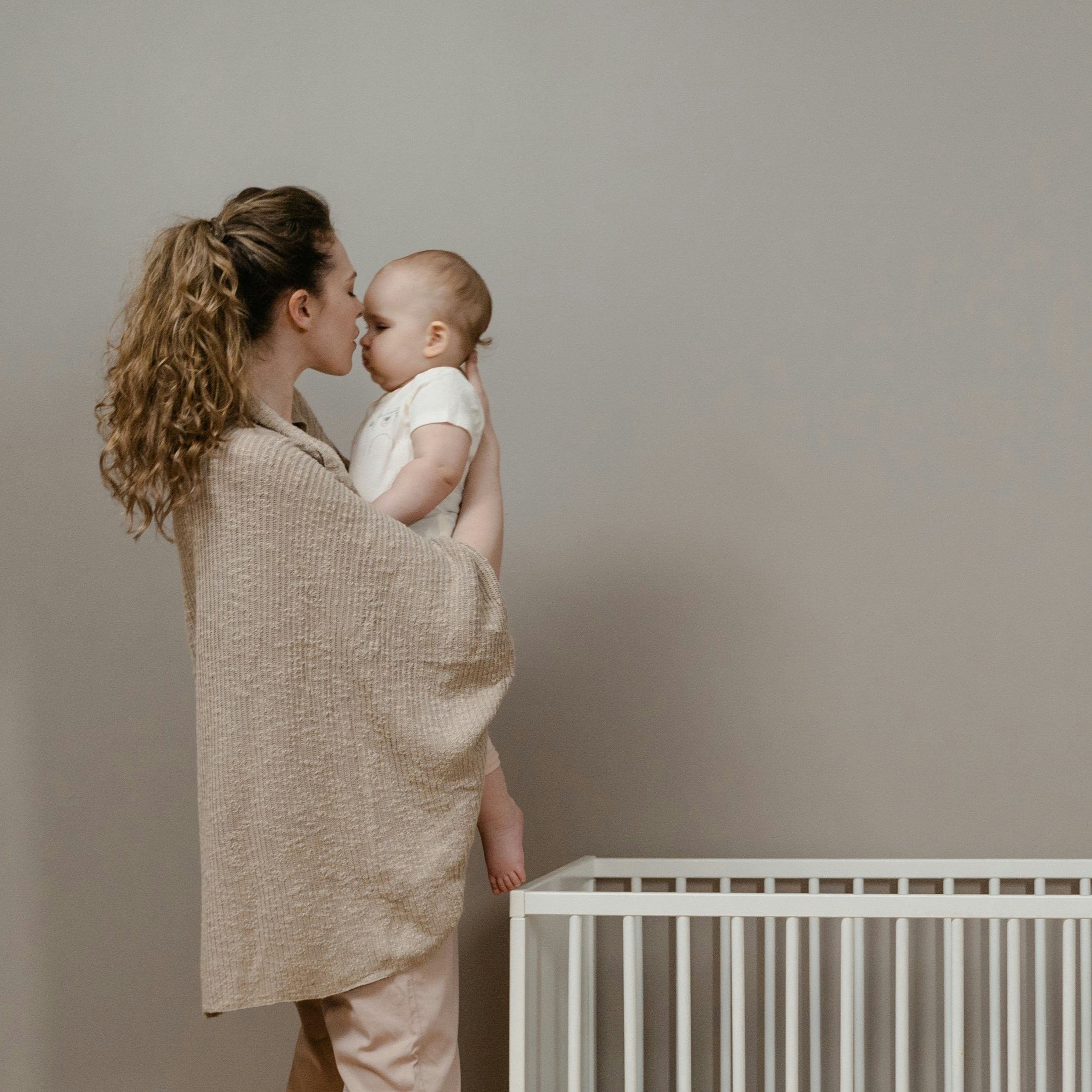4 Tips for Maximizing Newborn Sleep
Sleep is a precious resource when parenting a newborn, prompting parents to explore strategies for both rest and safety; discover how to cultivate effective sleep environments and healthier routines for your baby with these practical tips.

Evonne Smith
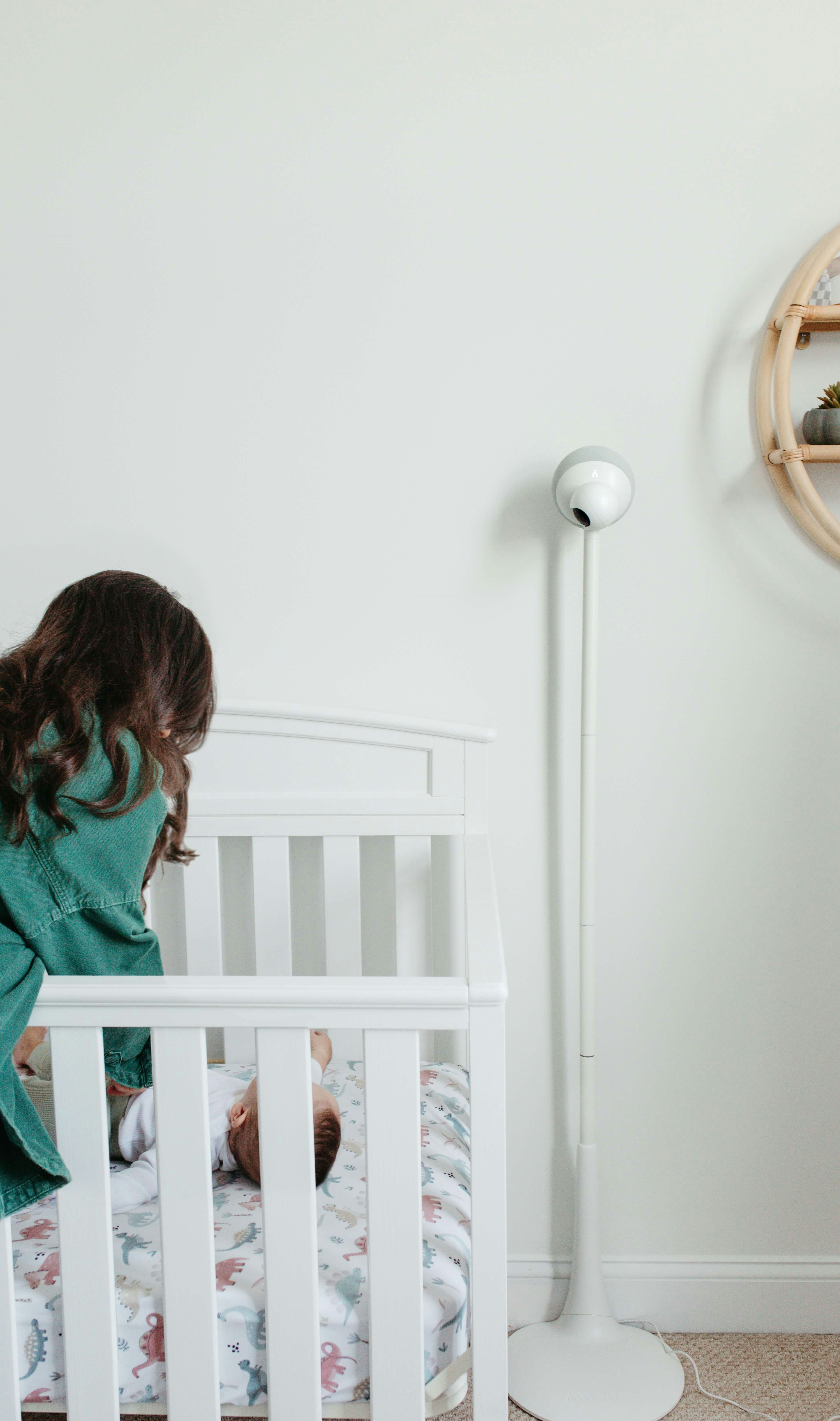
Sleep is a hot topic these days, especially for those of us who aren’t getting any! New babies in the first few months of life are particularly notorious for frequent night wakings and 3am “witching hours.” It is biologically normal for infants to wake at night throughout the first year (at least), and still, sleep deprivation is a very real struggle for so many new parents.
Often, these parents end up turning to unsafe sleep practices because they’re desperately exhausted. Though many families around the world practice bedsharing (sleeping in the same bed as your baby), is it not currently recommended as a safe sleep practice by the American Academy of Pediatrics. Here are a few tips you can implement to support your newborn in sleeping as much as she or he naturally can.

1. Recreate the Womb
In the womb, your baby is surrounded by a constant symphony of sound: your heartbeat, the gurgling of your digestive system, and various ambient sounds from your surroundings. Playing white noise during sleep keeps the room at a familiar noise level for Baby and can dampen the sounds of an older sibling, ringing doorbell or pet. Simple white, pink, or brown noise works best—the rain, ocean, and heartbeat sounds offered in sound machines marketed for infants don’t work as well. Some baby monitors, like Aura, also have built-in sound machines with a range of options so you can find what your baby likes best.
In addition to being noisy, the womb is also tight on elbow room. If done safely and correctly, swaddling can help new babies feel more secure when lying in their own sleep space (i.e. a crib or bassinet). It can also help prevent Baby’s startle reflex from waking him up prematurely.
Note: A swaddled baby must always be placed on his back to sleep and must have room to move his legs freely. Make sure to get in plenty of free movement and tummy time during baby’s awake periods. You should stop swaddling when baby shows signs of rolling, if not sooner.
2. Create a Bedtime Routine
Having a predictable yet flexible routine helps Baby understand what to expect next, when they otherwise have very little control over what happens to them. Here are some options to include in your routine. Start with 2-3 for very young babies and add on as your baby gets older: dimming the lights, giving a bath, giving a massage, saying “goodnight” to family members or toys, putting on pajamas, reading a book, singing a special “bedtime” song, and nursing or offering a bottle.
Do these things in the same order, around the same time every evening (when practical). Performing your routine in the room where Baby sleeps will help her easily make the connection with bedtime. If you are consistent with your routine over time, Baby will eventually learn that after you give her a bath, nurse, and sing her the bedtime song, it’s time to get sleepy!
3. Optimize the Sleep Environment
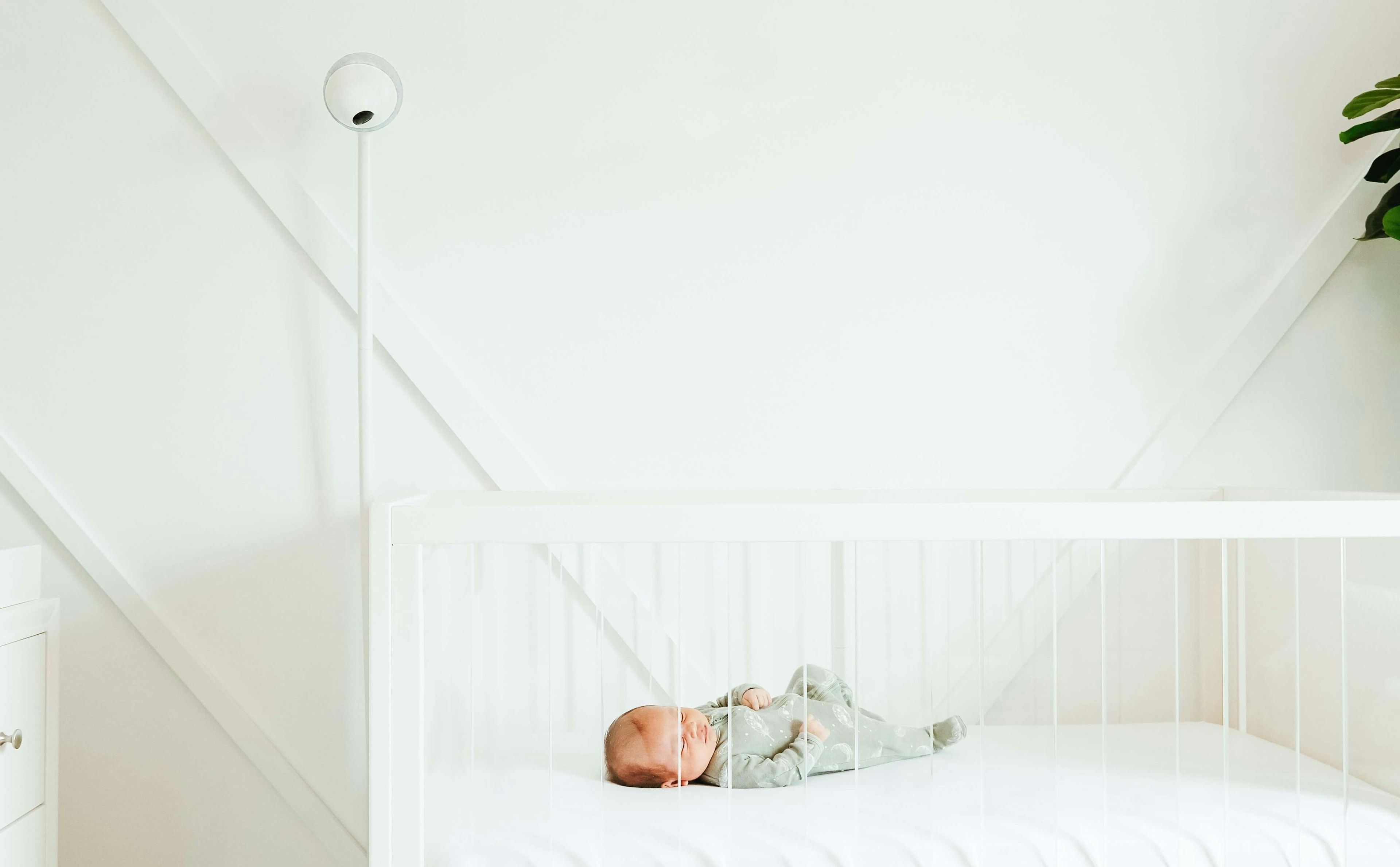
It seems obvious, but Baby’s sleep environment should be conducive to sleeping. Take some time to check out the sights, sounds, and activity levels in the area where baby sleeps. Would you be able to have restful sleep there?
The ideal sleep environment is at a comfortable temperature, relatively quiet, dark, and not visually distracting. Look around at night too—LED lights like those on digital clocks, baby monitors, wipe warmers, and TVs can disrupt sleep. Black electrical tape is handy for covering troublesome lights. I recommend using blackout shades to darken the room for daytime sleep (they can improve the quality of your naps too!). It doesn’t need to be pitch black, but having a significantly darker room while napping can help reinforce the difference between sleep time and awake time for your baby. Paper blackout shades are inexpensive and can be found online or at your local hardware store.
Bright and busy patterns on sheets and mobiles hanging over the crib can be stimulating for a young baby. When staring at them, his brain may get worked up instead of winding down for sleep. Consider hanging the mobile over the changing table instead. A rather “boring” sleep environment allows Baby the calm mental space he needs to drift off.
4. Practice “Drowsy, but Awake"
Many parents who rock their baby to sleep struggle with Baby waking up and crying shortly after being put down. It feels as though baby won’t sleep unless she’s being held. This happens when Baby wakes up between sleep cycles and realizes that her surroundings are different than when she fell asleep. You might be a little distressed, too, if you fell asleep in one place and woke up in another!
Putting Baby down when she’s drowsy but awake is one way to help her get comfortable falling asleep in her own space. Baby is “drowsy” when her eyelids are heavy and she’s sleepy, but not quite asleep yet (you should still be able to see her eyes when you put her down). As Baby gets used to falling asleep in her crib (instead of in your arms), she’s more likely to stay asleep in the crib as she transitions between sleep cycles.
When you begin to practice this, Baby will probably fuss to protest as soon as you put him down (your warm arms are more comfortable than any crib or bassinet!). If working towards independent sleep is important to you, try to see if patting or shushing for 1-2 minutes will soothe him before picking him up again. If Baby starts to get really upset, pick him up and try again later. Falling asleep independently is a skill that your baby learns over time, with practice.
Note: if rocking or feeding your baby to sleep works for you, keep doing that! Especially if you’re breastfeeding, getting a bedside co-sleeper can help you get a bit more rest at night—you won’t have to get out of bed when baby wakes. If you’re bottle feeding you can get creative, like keeping a mini-cooler on the nightstand.
*Nanobébé is thrilled to welcome guest bloggers. The views and opinions represented in these blog posts belong solely to the guest blogger and are not the legal responsibility of the company. The owner of this blog makes no representations as to the accuracy or completeness of the information provided by the guest blogger and will not be held liable for any errors or omissions of information nor for the availability of this information.

Evonne Smith
Share this post
